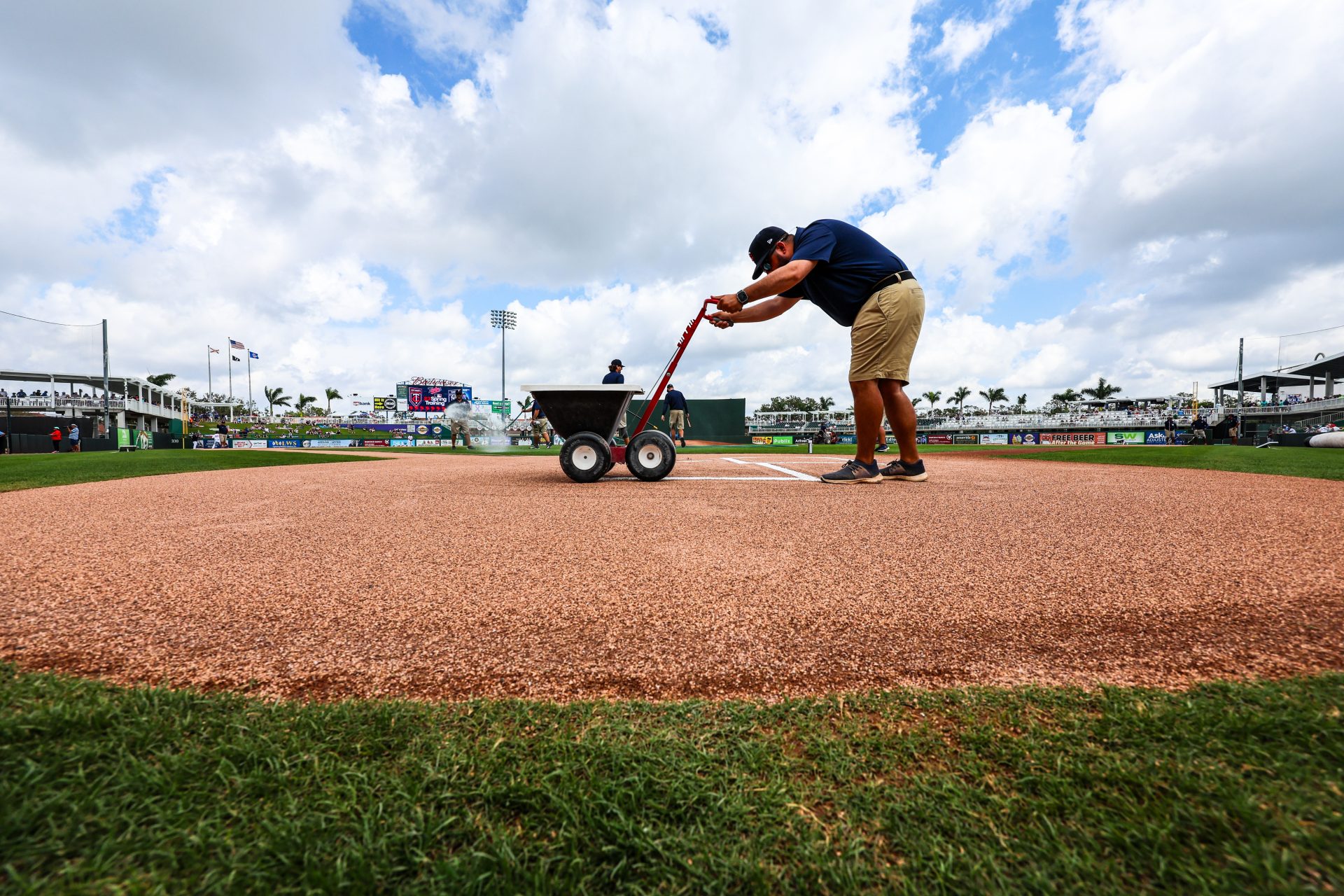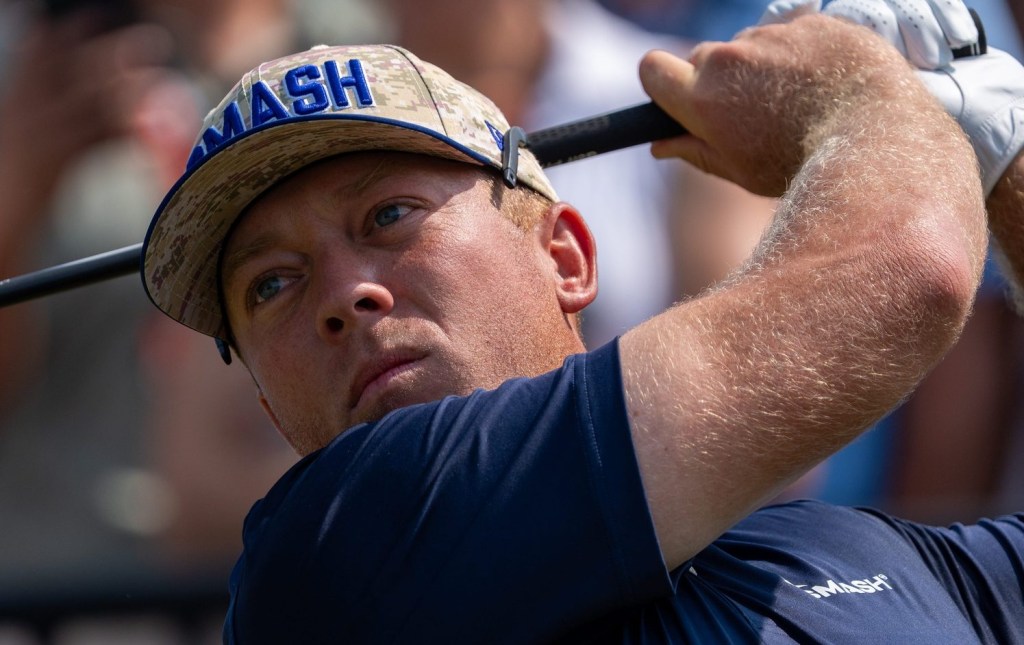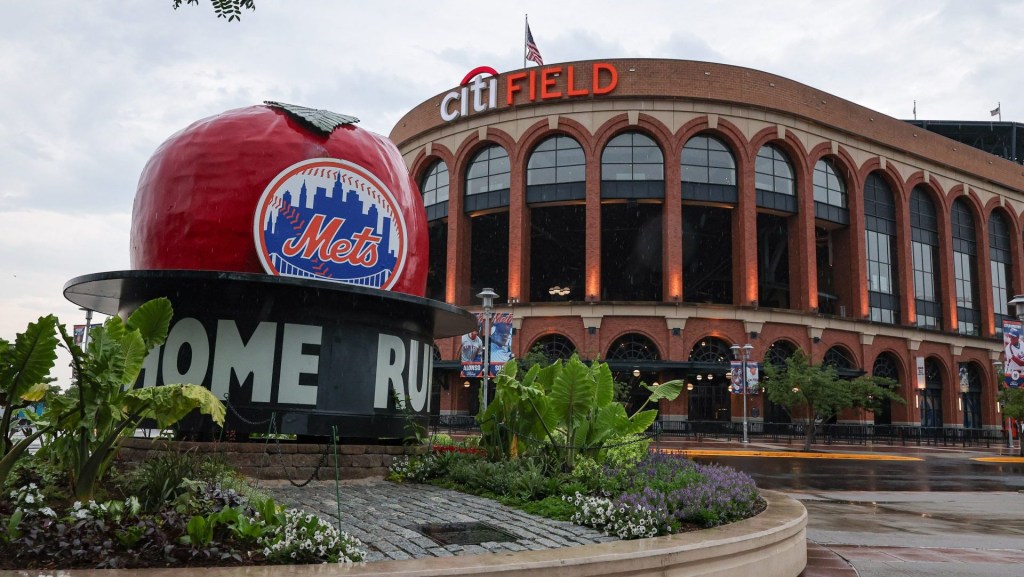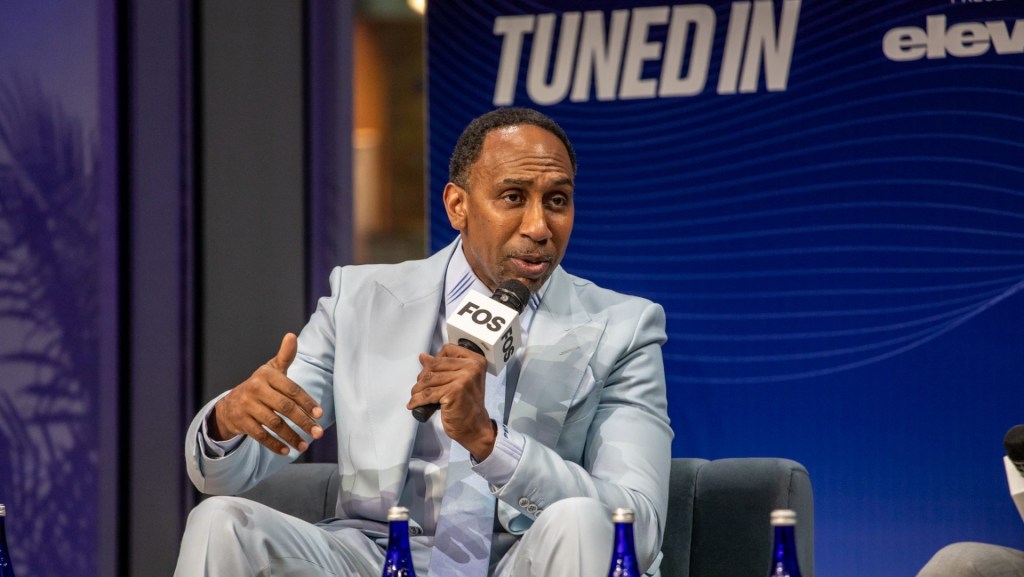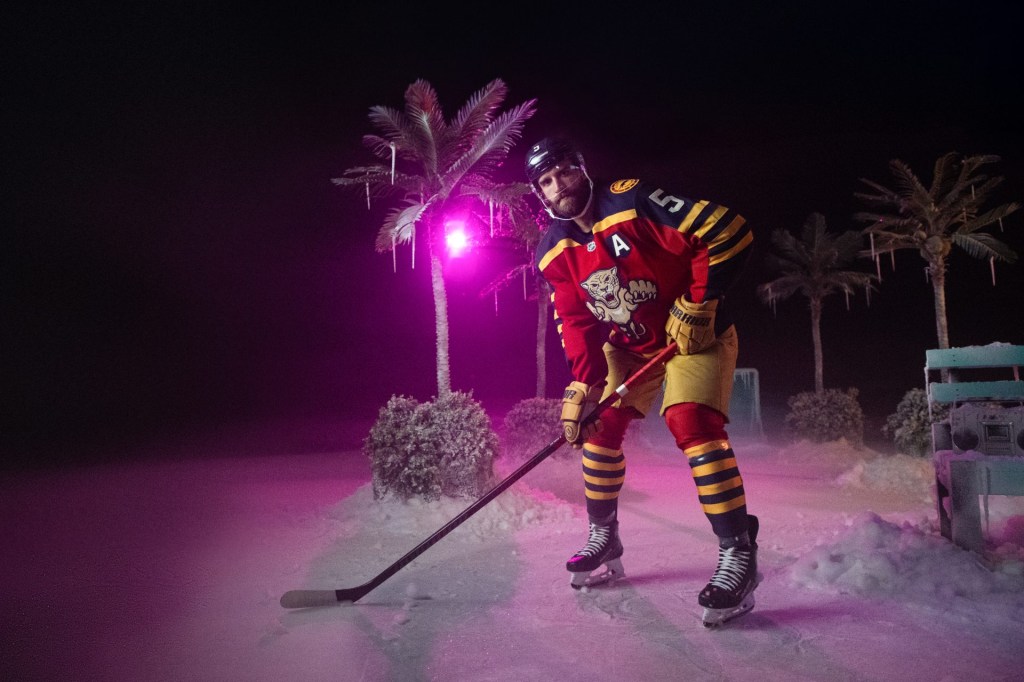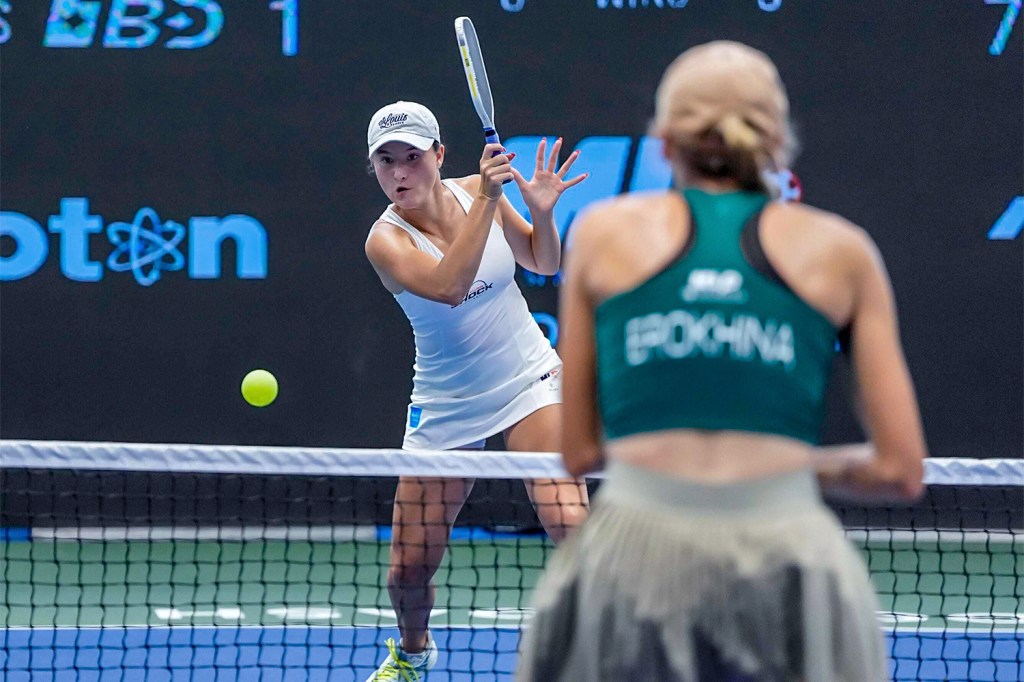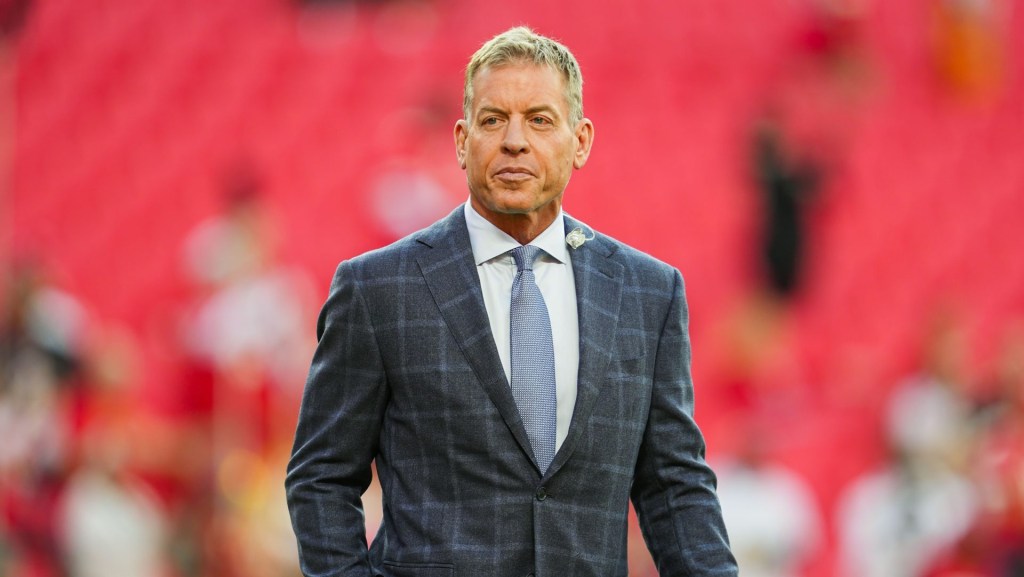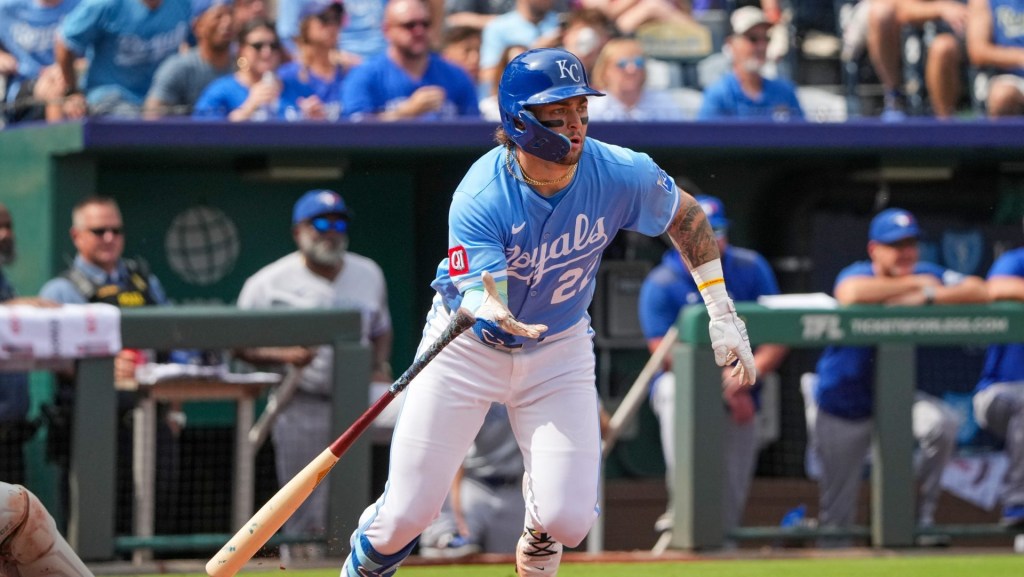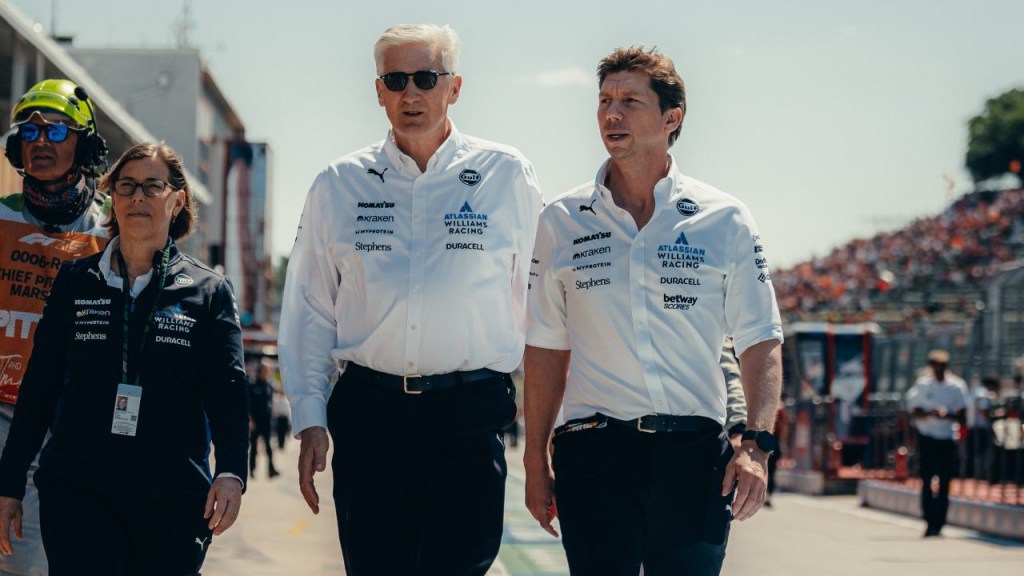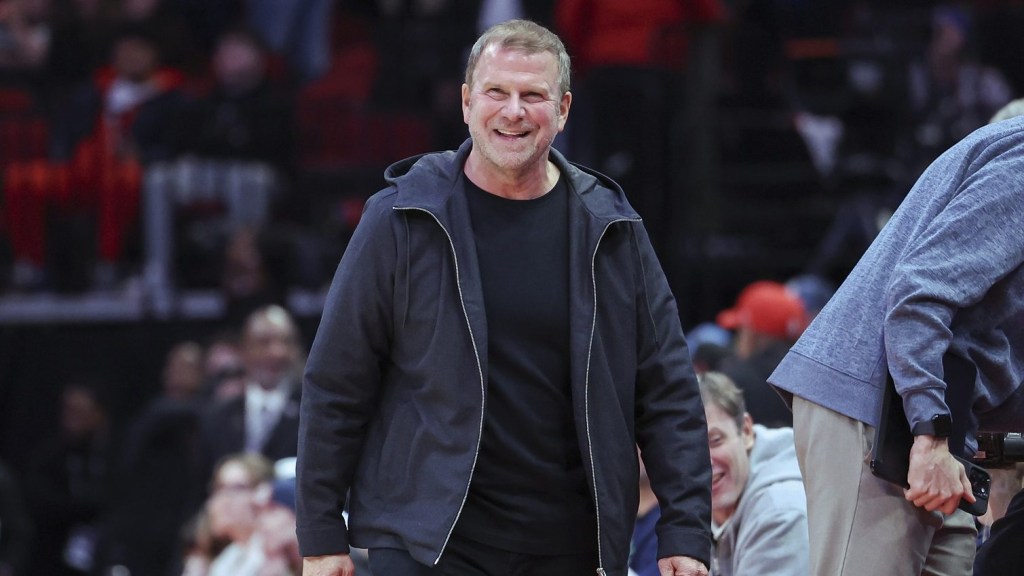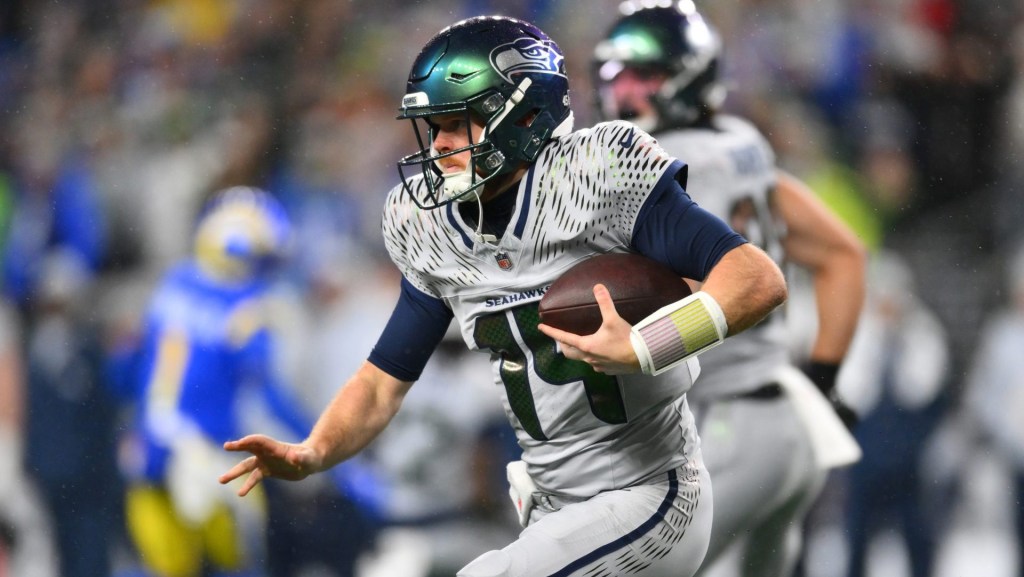The correct way to pull tarp—the kind that covers a baseball diamond when it rains—according to Dan Moeller is: “Hard.”
Although they have spent the past few decades working at the domed Tropicana Field, Moeller and Mike Deubel—the Rays director of special projects and field operations and head groundskeeper, respectively—both pulled plenty of tarp earlier in their careers. Everyone else they work with, however, has not. Or had not.
Moeller and Deubel have both been with the Rays since the team’s inception in 1998. Over 25 years, they perfected the art of indoor baseball in an extremely unique stadium, down to the natural clay on the unnatural surface, which took them years to develop.
But in October, the high winds of Hurricane Milton ripped the roof off the Trop, leaving behind more than $50 million worth of damage that will take too long to fix for the team to play there in 2025, and possibly beyond. Major League Baseball and the Rays pivoted to the nearby George M. Steinbrenner Field, the spring home of the Yankees and, notably, not a domed stadium. Rays groundskeepers spent spring training working alongside the Yankees’ crew to learn how to tend a field that faces the elements.
At the Trop, instead of mowing the grass, they groom the artificial turf. Instead of feeding the outfield with fertilizer and water, they loosen it up with tines and use brushes to fluff the faux blades back up. And, always, they keep pace with the interminable stream of sunflower seeds spit out into the glorified carpet. A handheld vacuum and an especially light touch might work to clear the seeds sitting on the very top of the turf, but you don’t want to risk disturbing the coconut-based material underneath.
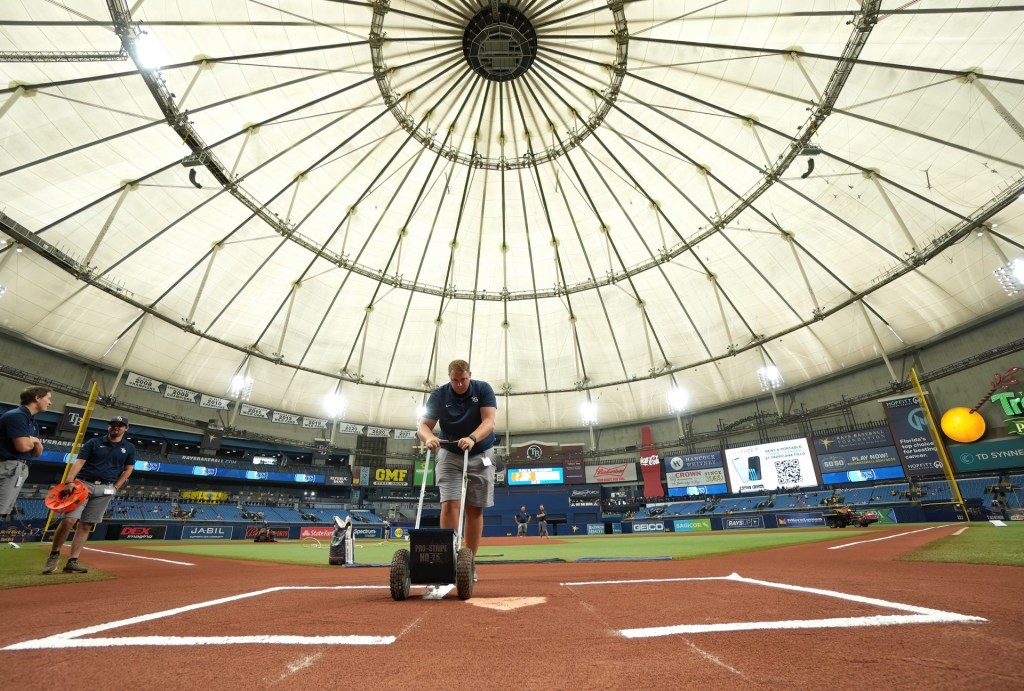
For the most part, “you’re walking around with a broom and a dustpan and flicking them into a dustpan,” says Deubel. “It’s a lot; there’s a lot of seeds.”
“They may like sunflower seeds when we hire them,” Moeller says about the game-day staff they employ, “but they quickly grow to hate sunflower seeds.”
Sweeping seeds is a particularly Trop kind of problem, but every ballpark has its quirks. Unlike most other major sports, baseball’s playing fields are not homogeneous. They vary in dimension, exact composition, and, of course, in the climate and weather conditions to which they’re exposed.
Players “don’t want to have to think about the field,” says David Mellor, who retired at the end of last season after 39 years as a groundskeeper, 24 with the Red Sox. To accomplish that, the groundskeepers think about the field obsessively.
Growing up, Mellor hoped to make it to Fenway Park as a major leaguer, but after a car crash ended his playing career after high school, he studied landscaping and agronomy and got there as the head groundskeeper tasked with managing the idiosyncrasies of the 113-year-old stadium.
“Because it’s dark green, it absorbs a lot of heat, and so it can be 40 degrees warmer out by the Green Monster than it is behind home plate,” he said of Fenway’s most prominent feature. “And so that makes a big difference.”
Even the best grounds crew can only do so much in the face of midsummer Florida heat and rain, so MLB adjusted the Rays’ schedule when they moved to Steinbrenner Field. They’ll play a disproportionate number of early-season home games before the heat is too oppressive and, beginning in June, start times will be pushed back from 7:05 p.m. to 7:35 p.m. ET.

At least now, when they do have to deal with the elements, the technology is vastly improved compared to the last time Moeller and Deubel worked on open-air ballparks.
“In the mid-’90s we got a weather satellite at our minor league facility. But before that I had a direct line to a meteorologist, and I would call him, and he would tell me if something was coming,” Deubel says. These days, you just check an app—and check it often.
“Weather: It was literally the first thing, other than my wife, I looked at when I woke up,” Mellor says. “It was the last thing looked at before I went to sleep.”
Even for night games, those wake-ups were often at the crack of dawn. Mellor retired on his doctor’s recommendation after the physical grind got to be too much.
“It wasn’t unusual to work 120 hours [a week],” he says. Depending on the weather and the particular events, some days he’d get to the ballpark by 5:30 or 6:30 in the morning. “It’s not like you’re walking into an office and everything’s the same on the walls and your desk. You’re taking care of a growing plant.”
If anyone can relate, it’s other groundskeepers. Since they don’t travel with the team, groundskeepers communicate with one another through an email chain. They troubleshoot issues one crew might be having with its clay, for instance, or give one another a heads-up about a stadium tour that’s stopping at different ballparks and how its particular setup might affect the grass … or to complain about sunflower seeds, or to complain about umpires who let the game go on too long even after it’s started raining.
“Mostly it’s gripes,” Deubel says.
That last one is not an arbitrary complaint. MLB umpires are motivated to get games completed, lest a postponement screw up the schedule. Sometimes that means they play on through the rain a little too long, creating an impossible situation for the groundskeepers tasked with pulling a tarp through a downpour that can become dangerous. That’s what happened a few weeks ago in Chicago, leading to a viral mess that drew comparisons between the White Sox grounds crew and the historically bad team on the field.
The Rays crew saw it and wants to set the record straight.
“That’s nothing they did wrong. It’s just a circumstance—when it’s raining like that, that tarp gets heavy,” Deubel says. And the people on social media making jokes, “They have no idea how hard it is.”
The Rays groundskeepers have yet to have to pull the tarp at Steinbrenner Field mid-deluge—or “under fire,” as they call it. When that happens for the first time this season, they might miss the Trop even more than they already do.
“That was my home for 27-plus years,” Moeller says.
“When that roof blew off, you’re kind of like, Is that how it ends?” Deubel says. “You don’t want it to end that way.”
